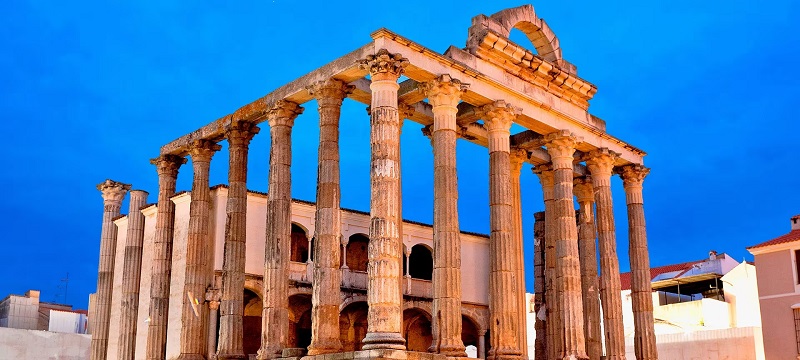
The Temple of Diana in Mérida, located in the heart of the ancient Roman city of Emerita Augusta, is one of the best preserved vestiges of majestic Roman architecture in Spain.
Did you know that this temple was never actually dedicated to the goddess Diana? It is believed that it was actually dedicated to the imperial cult, possibly to the emperor Augustus.
This building stands not only as a monument that bears witness to the greatness of the Roman Empire, but also as a mirror of the past that reflects the cultural and architectural richness of Mérida.
We discover the Roman Temple of Diana, with its curiosities and information on visits.
The Roman Temple of Diana: Living Heritage of Mérida
You can buy your ticket to the Temple of Diana online here.
Located in the heart of Mérida, the Roman Temple of Diana is one of the most impressive architectural examples on the Iberian Peninsula. Renowned for being the best-preserved temple in the region, this monument is not only a relic of history, but also a living testimony to the different stages through which the city has passed.
Originally, this building was the main temple during Roman Merida. However, with the passing of time and political and cultural changes, its function was transformed.
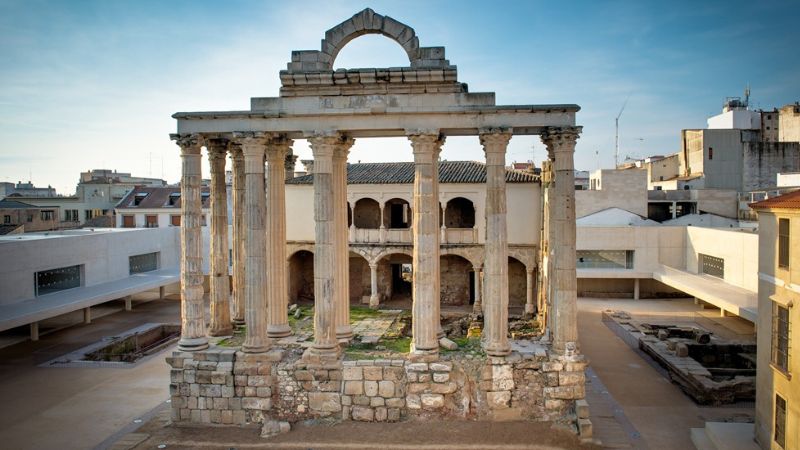
During the Visigothic and Islamic eras, it was reused, becoming a symbol of power and prestige. In the Renaissance, a noble family decided to adopt it as a palace, paying homage to the glorious classical past of Mérida. This decision, in addition to being a status symbol, played a crucial role in the preservation of the building.
Until 1972, the temple served as a home for a Meritense family, after which it was acquired by the state. From that date, intensive excavation and restoration work began, culminating in the declaration of the temple as a World Heritage Site.
In addition to its historical and architectural importance, the Temple of Diana has been the stage for many events and performances, as part of the Merida Theatre Festival and the book fair.
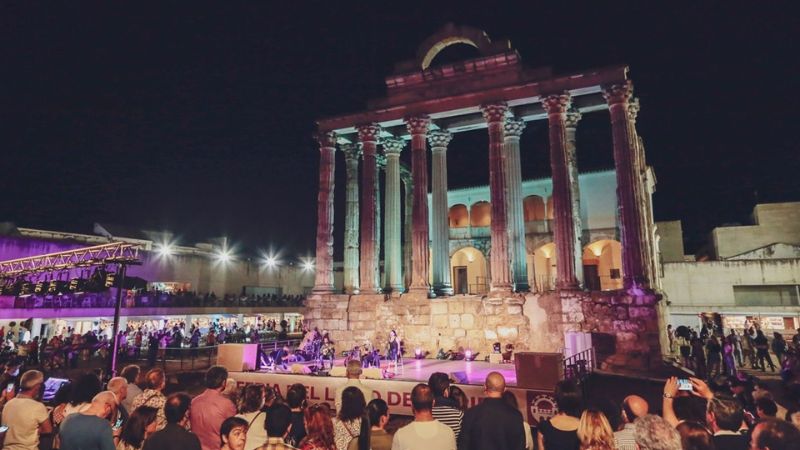
This temple, although commonly attributed to the goddess Diana, owes its name to a comparison made in 1633 by the historian Moreno de Vargas. Comparing it to the Artemison (dedicated to the Greek goddess Artemis, equivalent to the Roman Diana), he baptised it in this way, and although it was later determined that the temple was not dedicated to Diana, the name had already become part of the local imaginary.
More than a monument, the Temple of Diana is a meeting space and a living example of what Mérida represents: a living heritage, still relevant and vibrant, where history meets the present and shapes the future.
Interesting facts and figures
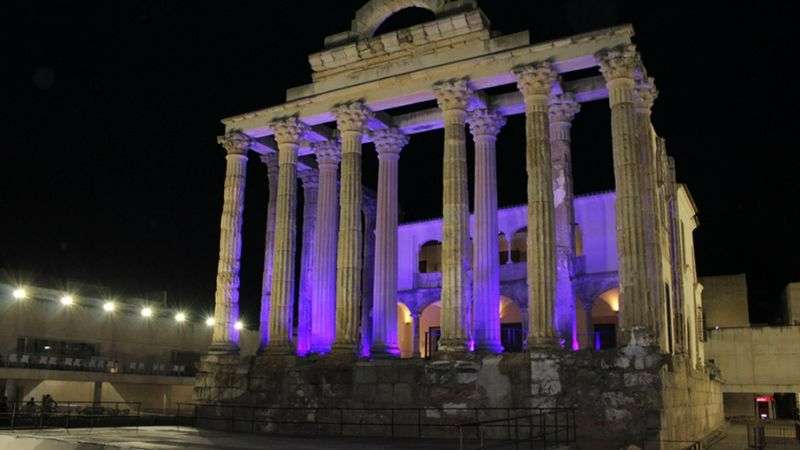
- Location and Context.
- The Temple of Diana is surprisingly located in the streets of Mérida.
- It is located near the remains of another monumental enclosure from the 1st century AD.
- Wrong Name.
- Although it is known as the “Temple of Diana”, it was never actually dedicated to Diana, the goddess hunter and protector of nature.
- In reality, it was dedicated to the imperial cult, possibly to the Emperor Augustus.
- Architecture.
- The church has columns with fluted shafts and Corinthian capitals.
- There is a line of frontal columns decorated with a stone arch similar to the “marbles” of Augustóbriga.
- The architectural pieces are made of granite from quarries near Mérida.
- The granite was originally covered with red stucco to add distinction.
- History and Evolution.
- The Temple of Diana is one of the few remains of a religious temple still preserved in Mérida.
- The temple is believed to have been dedicated to the worship of Emperor Augustus.
- During the 16th century, part of the structure of the temple was used to build the Palace of the Count of Corbos.
- In the Palacio de los Corbos you can see an interpretation centre on the history of the temple.
- Heritage of Humanity.
- The temple has been declared a World Heritage Site as part of the Conjunto Arqueológico de Mérida.
- Archaeological Research.
- In 1972, sculptures found during excavations revealed that the temple was dedicated to Rome and the emperor, and not to the goddess Diana.
- Cultural and Events.
- The temple is an important place for the culture of Mérida, being the scene of some of the activities of Emerita Lvdica.
- Visit to the Temple.
- The outside of the Temple of Diana is free of charge.
- The Interpretation Centre inside the Palacio de los Corbos has an entrance fee, but is free for certain groups.
Prices for guided tours at the Temple of Diana
| Type of entry. | Precio |
|---|---|
| General Admission | 16.5€ |
| Reduced Entry | 8.5€ |
| Free admission | 0€ |
| Secondary Education Groups (CA Extremadura) | 3.2€ |
| Group ticket (Minimum 20 people) | 9€ |
Frequently asked questions
The visit to the Temple of Diana in Mérida is free of charge, as it is an open-air monument located in the historic centre of the city. On the other hand, if you are interested in a guided tour, you can consult the prices we have specified above.
Yes, the Temple of Diana can be accessed free of charge at any time of the day, as there are no controls or restrictions.
There are no set opening hours for the Temple of Diana site, as it is a public space open 24 hours a day.
Of course! Check out the best guided tours in Merida.
The Temple of Diana is located at Calle Romero Leal s/n, 06800 Mérida, Spain. It can be reached on foot from the Plaza de España or from the Portico del Foro, which are very close by. You can see the location on the map here.
More of Mérida’s historical heritage
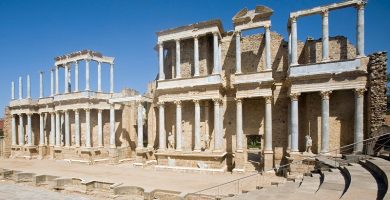
Roman Theater of Merida
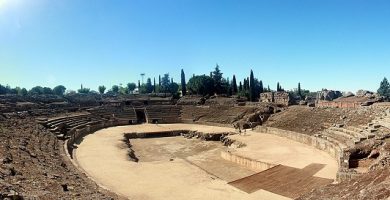
Mérida Roman Amphitheater
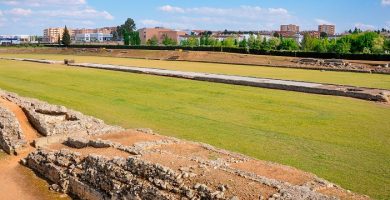
Roman Circus of Merida
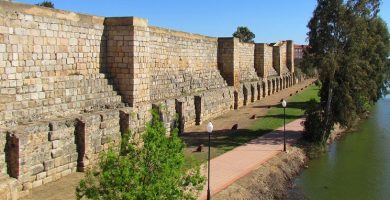
Moorish Alcazaba of Merida
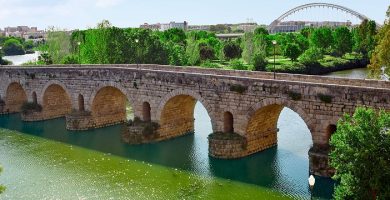
Roman Bridge of Merida over the Guadiana river
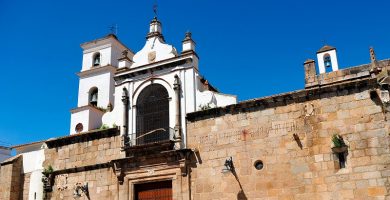
Co-cathedral of Santa María la Mayor of Mérida
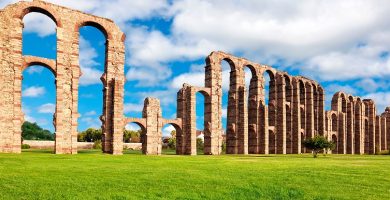
Los Milagros de Merida Aqueduct
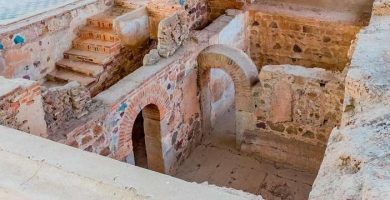
Casa del Mitreo House in Mérida
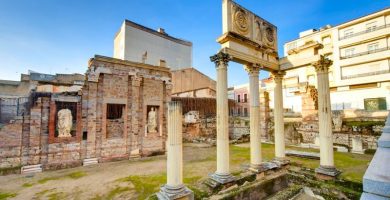
Portico of Merida’s Municipal Forum
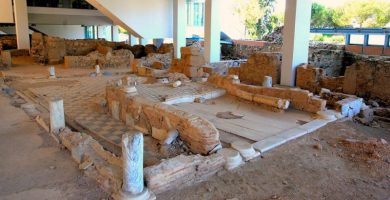
Morería de Mérida Archaeological Site
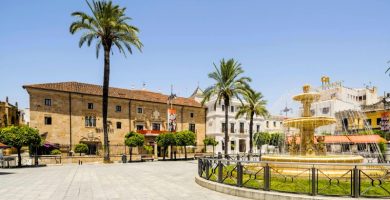
Plaza de España in Mérida
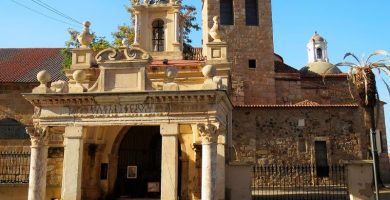
Basilica of Santa Eulalia in Mérida
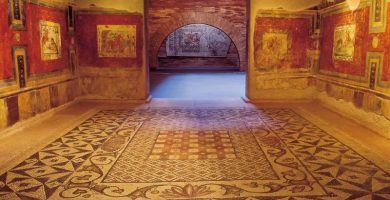
National Museum of Roman Art of Mérida
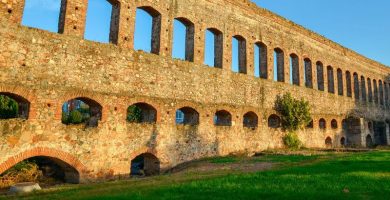
San Lázaro Aqueduct in Mérida
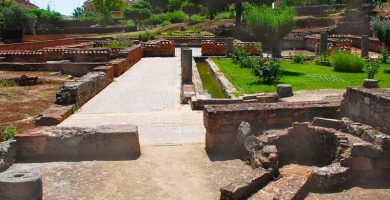
Merida Amphitheater House
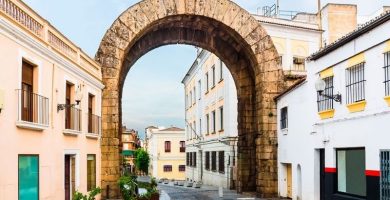
Trajan’s Arch of Mérida
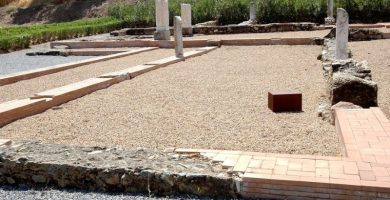
Mérida’s Xenodoquium
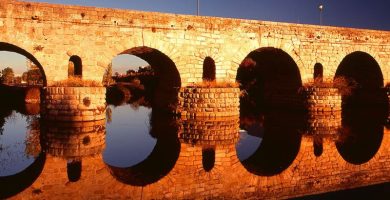
Roman Bridge over the Albarregas
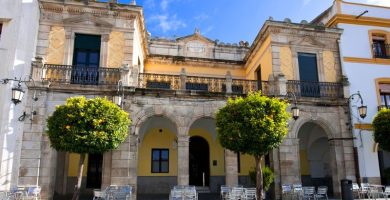
Círculo Emeritense in Mérida
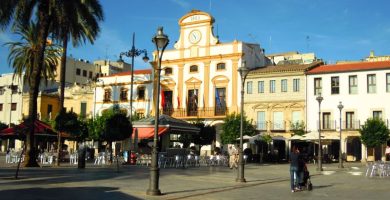
Mérida City Hall
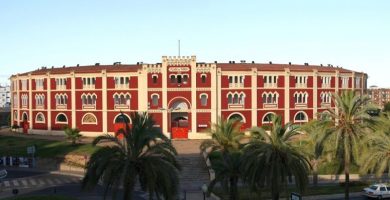
Bullring of Mérida
